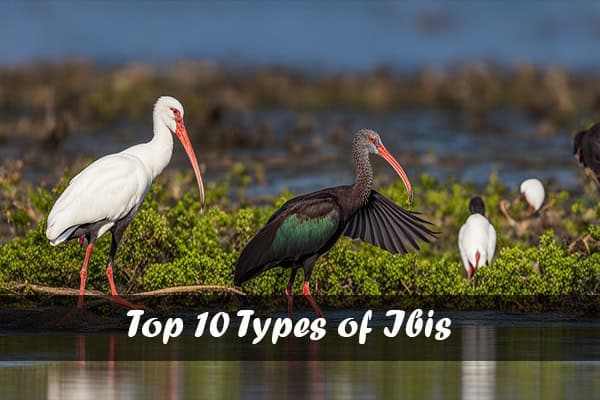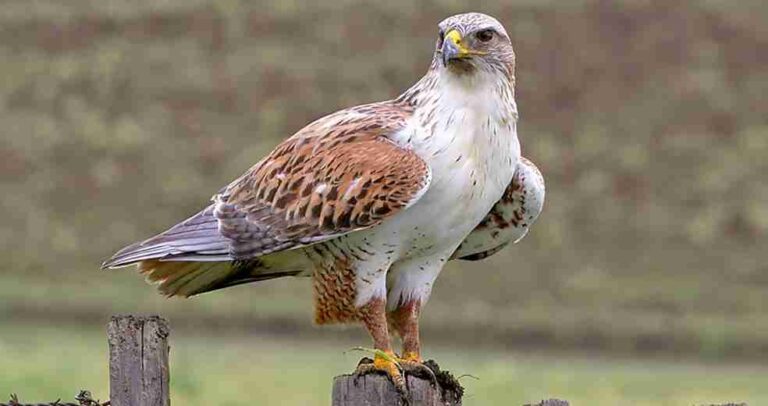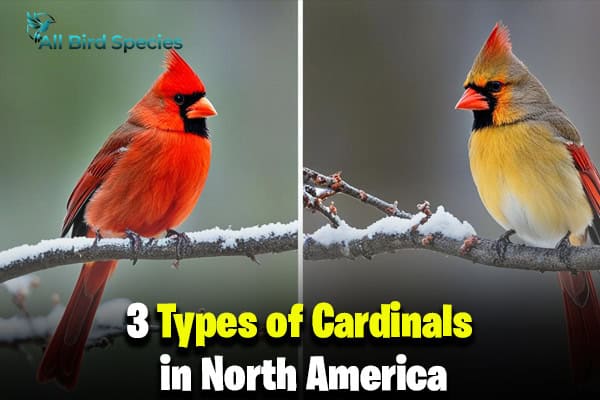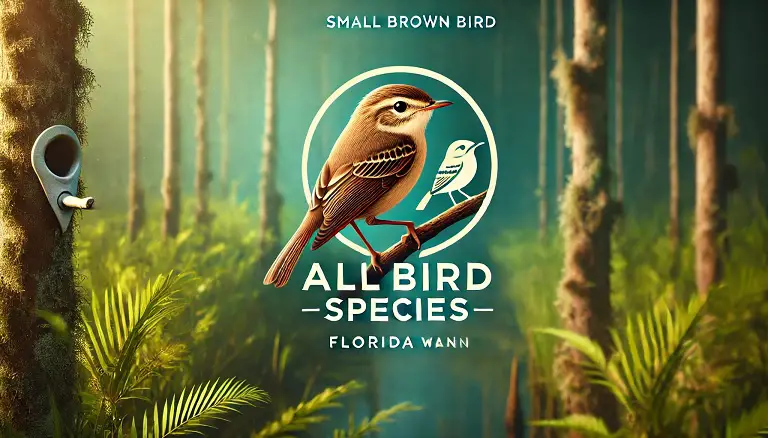Top 10 Types of Ibis (ID Guide With Pictures)
Did you know the world has over 20 types of ibis? They are known for their long, curved bills and love for shallow wetlands. Our guide shares details on the top 10 types of ibis. You’ll find photos, learn what makes each special, and where they live.
The crested ibis and the scarlet ibis show the wide variety among ibis. Whether you love birdwatching or just want to know more about these special birds, this guide is for you. It covers the crested and scarlet ibis, plus the hadeda, olive, são tomé, spot-breasted, green, bare-faced, wattled, sharp-tailed, and straw-necked ibis.
Discover the world of ibis with us. Learn about their features, homes, and why they are key to wetlands. This guide is perfect for both new and skilled birdwatchers. The stunning pictures will make you love these birds even more.
What Are Ibises?
Ibises stand out with their long, slender legs and distinctive, arched bills. They are part of the same group as herons, storks, and spoonbills. This group is known for its unique physical features and behaviors. Ibises live in wetland areas all over the world, contributing to the balance of these ecosystems.
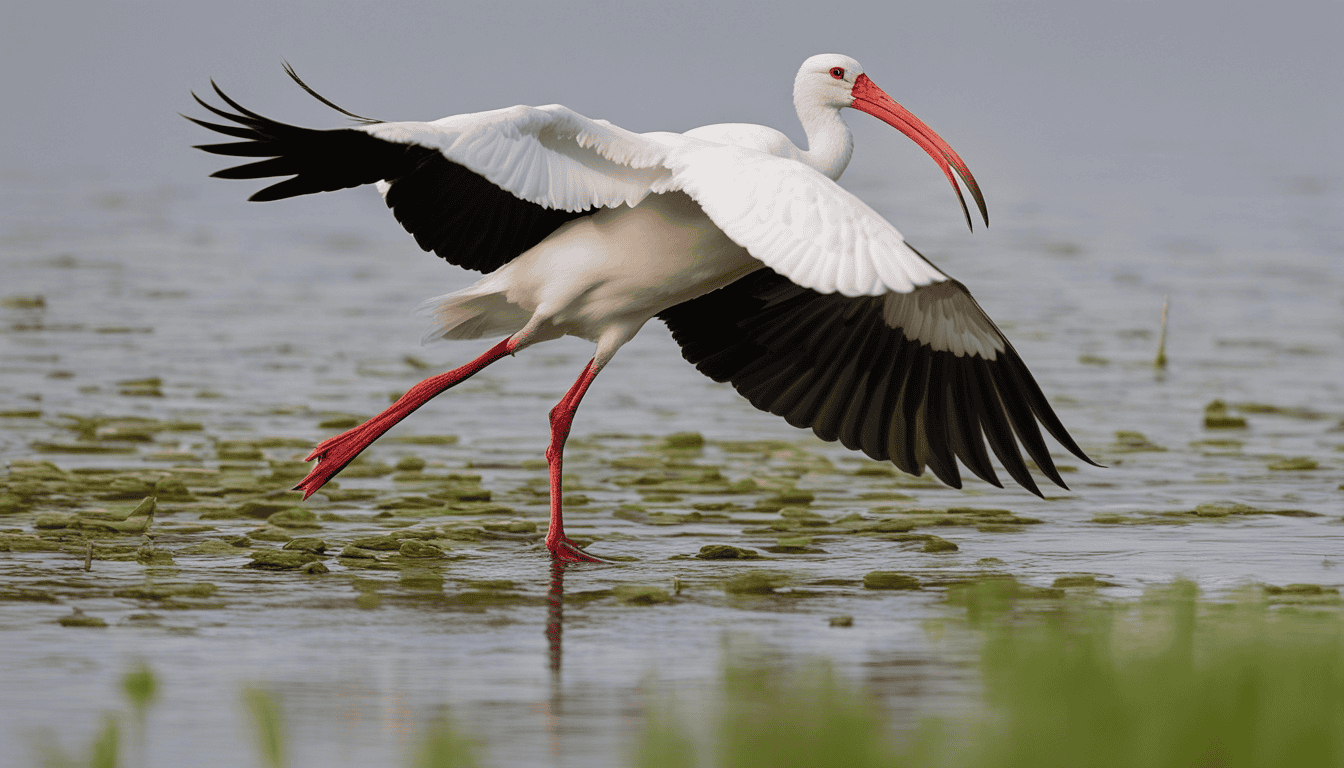
Importance of Ibises as Wetland Indicators
Ibises are crucial as signs of wetland health due to their specific habitat needs. They reflect the condition of the places they live. Monitoring them helps scientists and environmentalists to watch over these wetlands. If ibis populations are doing well, it shows that the ecosystem is healthy. But, a drop in their numbers hints at possible environmental problems that need fixing.
White Ibis
The White Ibis stands out easily with its white body, black-tipped wings, and red legs and bill. It flies in the southeastern United States, mainly in Florida and the Gulf Coast. You can spot them near water like in marshes, estuaries, and flooded fields.
Identification Features
Adult White Ibises are almost all white, with black tips on their wings. They might also have a red area around their eyes. Look for the black wingtips when they fly; it’s a key way to tell them apart.
Range and Habitat
They live in both coast and inland areas, like marshes, estuaries, and even swamps. These birds often search for food in groups, alongside other waders. They’re bigger than Cattle Egrets but smaller than Great Egrets.
Behavior and Diet
White Ibises feed by probing the ground for insects and small marine life. They move slowly and carefully when feeding. This bird is doing well population-wise, with a Least Concern status. They breed in many coastlands, including those of the Gulf, the Atlantic, Mexico, and Central America.
Glossy Ibis and White-Faced Ibis
The Glossy Ibis and White-Faced Ibis look a lot alike, especially when they’re not in breeding colors. There are a few main things to look for to tell them apart, though.
Distinguishing Characteristics
In the breeding season, the Glossy Ibis has a grey bill and a dark eye. Its legs range from grey to pale pink. Meanwhile, the White-Faced Ibis has a light bill, a red eye, and pink to red legs. It also shows a white line around its red face, which goes back past the eye.
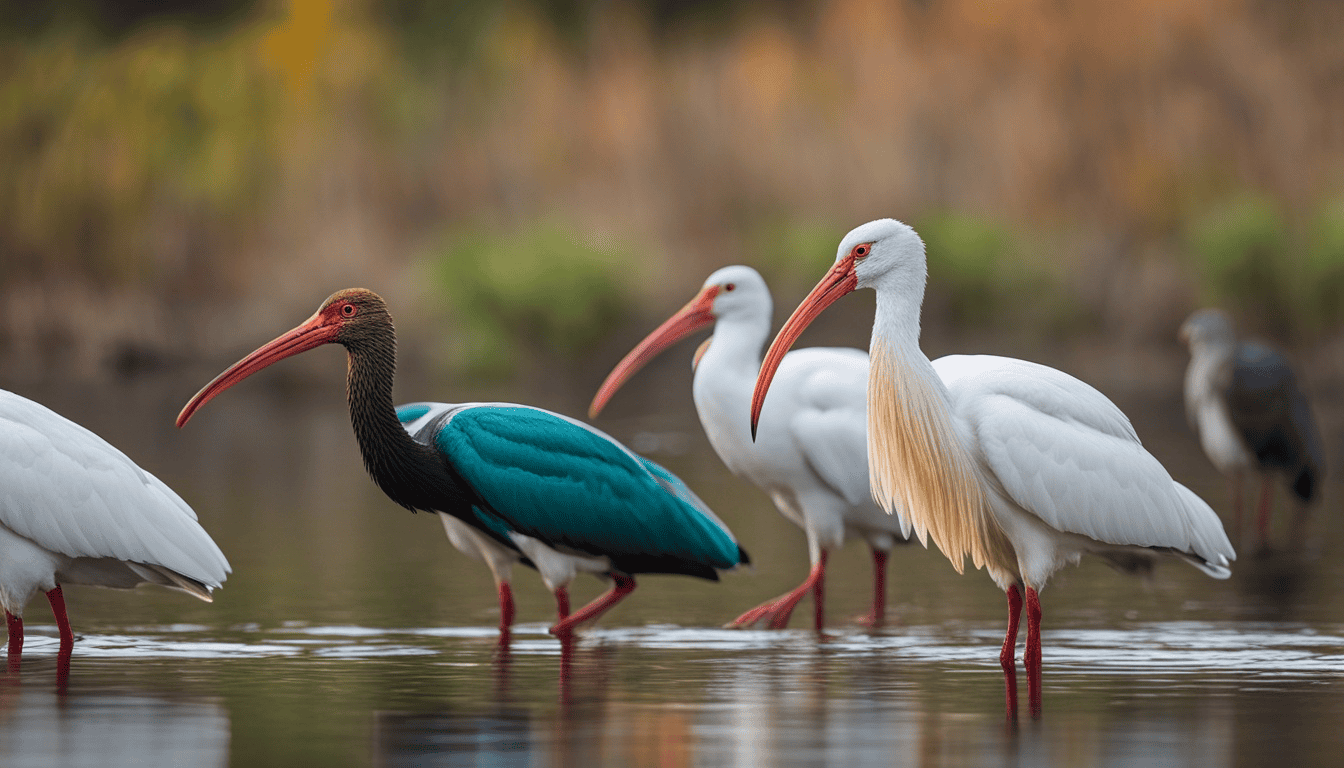
Breeding Plumage
In non-breeding looks, the Glossy Ibis stands out with its bill. It’s dark or blue at the base with a narrow white line. Yet, this line doesn’t go behind the eye. The White-Faced Ibis still has its red eye and a bit of red in front of the bill.
Non-Breeding Plumage
These types of ibis can have shiny green and purple feathers in off season. But, the White-Faced Ibis lives more in the West, breeding across that area. On the other hand, the Glossy Ibis prefers the Atlantic Coast and Florida.
Check Our Previous Articles:
Types of Ibis
The ibis family includes various exciting species apart from the White Ibis, Glossy Ibis, and White-Faced Ibis. You can find species like the Hadeda, Olive, and more worldwide. Each species has special features, behaviors, and places they call home.
Most ibis types are doing well, marked as Least Concern on the IUCN Red List. This means their populations are steady or growing. Yet, some, like the São Tomé Ibis, face danger and are rare. This highlights why efforts to protect them are crucial.
What’s more, some genera have only one type of species. This shows how unique and varied the ibis family is. The Northern Bald Ibis once had a population that is now extinct. The Spot-Breasted Ibis, a rare find, makes spotting them a thrill for bird enthusiasts.

